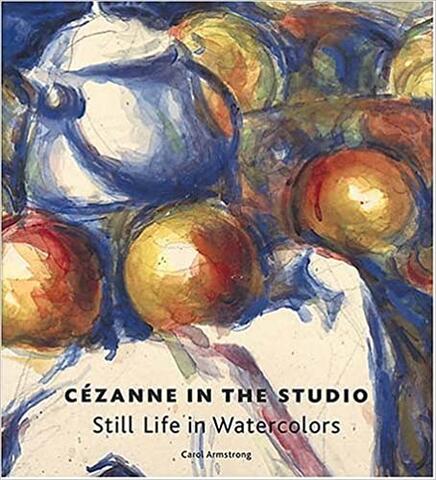Cezanne in the Studio
In Cézanne in the Studio: Still Life in Watercolors, Carol Armstrong places this great painting within the context of Cézanne’s artistic and psychological development and of the history of the genre of still life in France. Still life—like the medium of watercolor—was traditionally considered to be “low” in the hierarchy of French academic paintings. Cézanne chose to ignore this hierarchy, creating monumental still-life watercolors that contained echoes of grand landscapes and even historical paintings in the manner of Poussin—the “highest” of classical art forms. In so doing he charged his still lifes with new meanings, both in terms of his own notoriously difficult personality and in the way he used the genre to explore the very process of looking at, and creating, art.

